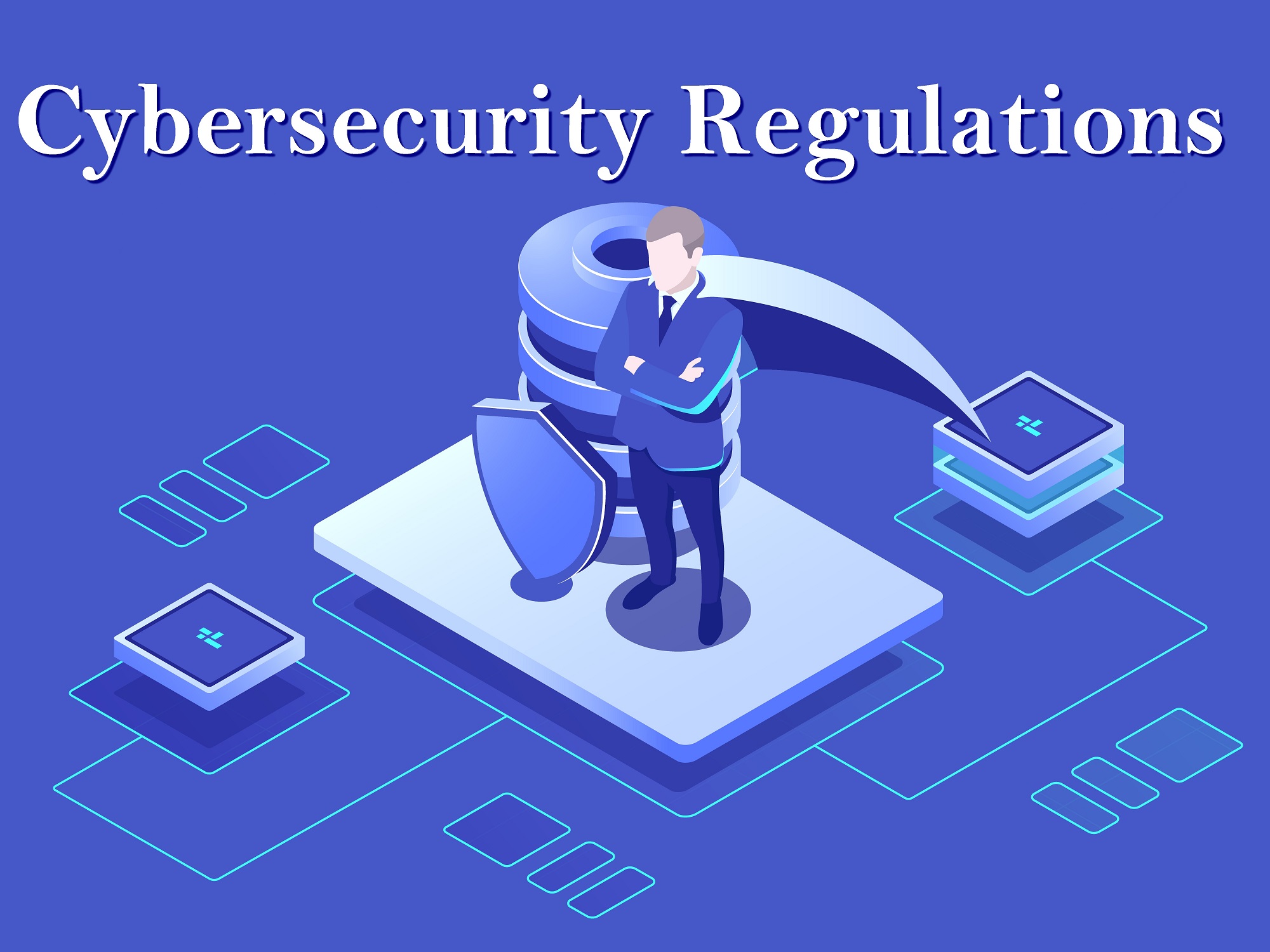
Cybersecurity regulations are a complex and ever-evolving landscape, with different governing bodies issuing rules and requirements for various industries and data types. This set of rules aims to ensure the confidentiality and availability of sensitive information and safeguard the overall security of individuals, organisations and nations. These regulations have become an inseparable part of legal legislation to ensure their enforceability by nations worldwide.
This article delves into these governing rules, which may vary by country and industry but share common goals and principles.
What are Cybersecurity Regulations?
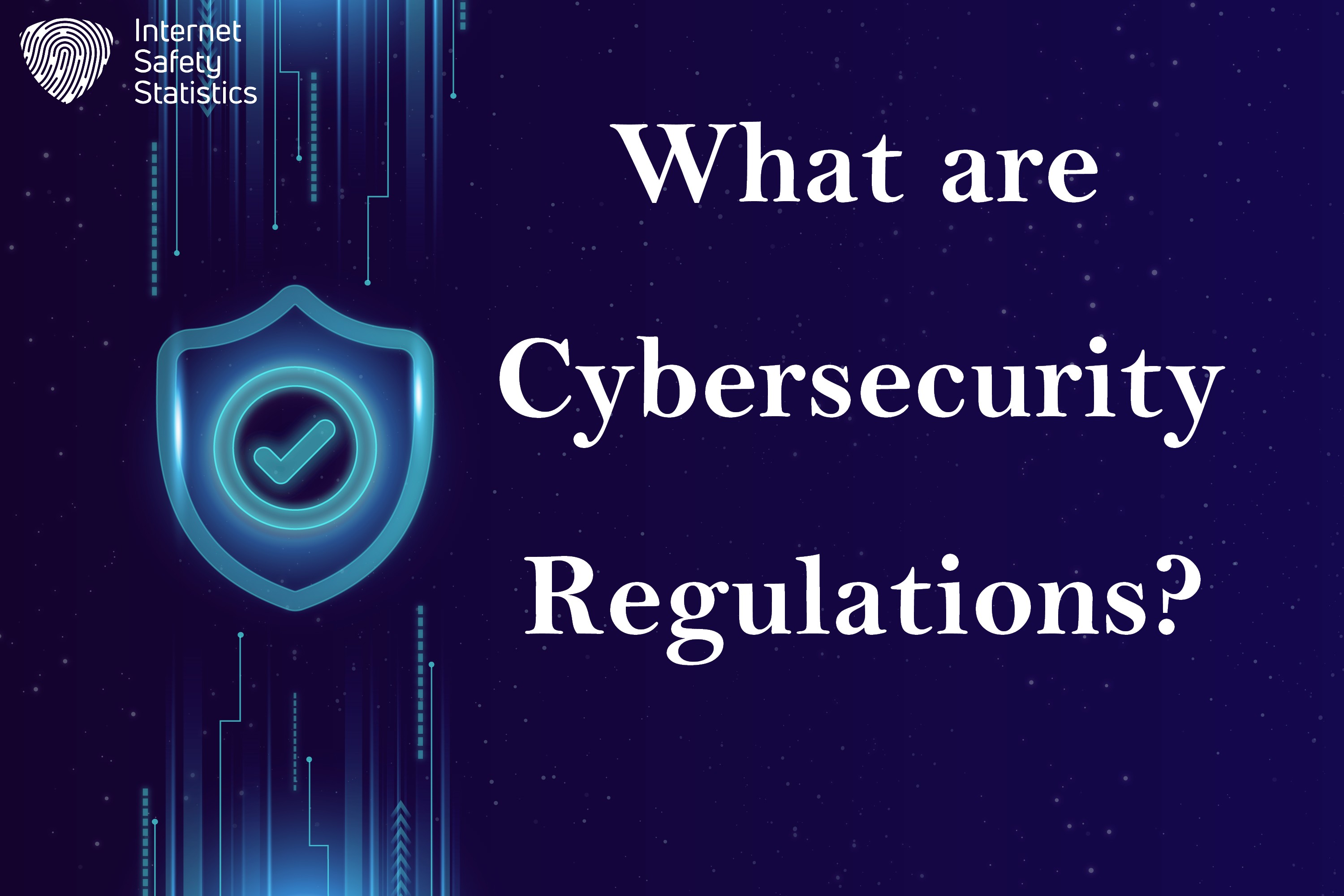
Cybersecurity regulations are enforceable rules or requirements established by a governing body at any level (international, national, regional, or sectoral) that mandate how organisations and individuals should manage and protect their information technology systems and data from cyber threats, attacks, and breaches. These important regulations typically outline three main aspects.
Data Types
Cybersecurity regulations govern numerous data types. These comprehensive categories include all the significant data used, shared, transmitted, uploaded or backed up online. We can divide them as follows:
Personally Identifiable Information (PII)
PII include basic information, such as names, addresses, social security numbers and medical records. This sensitive information requires strong protection measures to prevent unauthorised access or misuse. Strong protection measures may include specific encryption standards, access control mechanisms and breach reporting requirements.
Financial Data
Financial data includes the information financial institutions need to protect and that the consumers need to protect. This data includes credit card information, bank account numbers and financial transactions. Financial data is cybercriminals’ most valuable target. Cybersecurity regulations may mandate secure storage and transmission practices, data loss prevention (DLP) tools and stricter reporting timelines for financial data breaches.
Health Records
According to cybersecurity in the healthcare system statistics, medical and health records are some of the most targeted assets by cyber criminals. Therefore, specific healthcare regulations like HIPAA in the US or GDPR in the EU protect medical data. These regulations outline stringent security requirements for access control, data encryption, and breach notification procedures for protecting patient privacy.
Other Sensitive Data
Depending on the specific regulations and industry, other data types like trade secrets, intellectual property, and government-classified information may also require special protection measures.
Security Controls
One of the aspects of cybersecurity regulations is security controls. This aspect refers to three distinctive categories of tools and technologies used to implement cybersecurity regulations. We must mention that abiding by the following security controls is necessary for properly implementing cybersecurity regulations.
Technical Controls
As part of cybersecurity regulations, technical controls include the tools and technologies implemented to safeguard IT systems and data. These tools and technologies include encryption, firewalls, intrusion detection and prevention systems (IDS/IPS), antivirus software, and data loss prevention (DLP) tools. Cybersecurity regulations may specify minimum standards for these controls based on the type of data and the organisation’s risk profile.
Administrative Controls
The administrative controls of cybersecurity regulations include the policies, procedures and practises that govern how data is handled within an organisation. Examples include access control policies, password management guidelines, employee security training and incident response plans. Again, cybersecurity regulations may mandate developing and implementing these controls to ensure proper data governance.
Physical Controls
The physical controls aspect of cybersecurity regulations refers to the physical measures taken to protect IT infrastructure, such as secure data centres, restricted access to sensitive areas and security cameras. Cybersecurity regulations may require organisations to implement appropriate physical controls to prevent physical intrusion or data theft.
Reporting Requirements
Just as cybersecurity regulations specify protection and implementation measures of cybersecurity protocols, the regulations also specify reporting methods and requirements for data breaches and cybersecurity attacks. We can divide these requirements as follows:
Breach Notification
Some cybersecurity regulations require organisations to notify relevant authorities or individuals within a specific timeframe if a data breach occurs. This allows for timely response and mitigation efforts to minimise damage.
Incident Reporting
Regulations may also require organisations to report specific types of cyberattacks or security incidents, even if no data breach occurs. This helps authorities track cybercrime trends and develop effective responses.
Regular Reporting
Some cybersecurity regulations mandate regular reporting on cybersecurity practices and risk assessments, providing transparency and accountability for organisations’ efforts in protecting data. It’s worth noting that specific reporting requirements may vary depending on the regulation, the type of data, and the industry involved. Organisations must stay updated on applicable regulations and implement appropriate cybersecurity measures to comply with and protect their data.
Who Implements Cybersecurity Regulations?
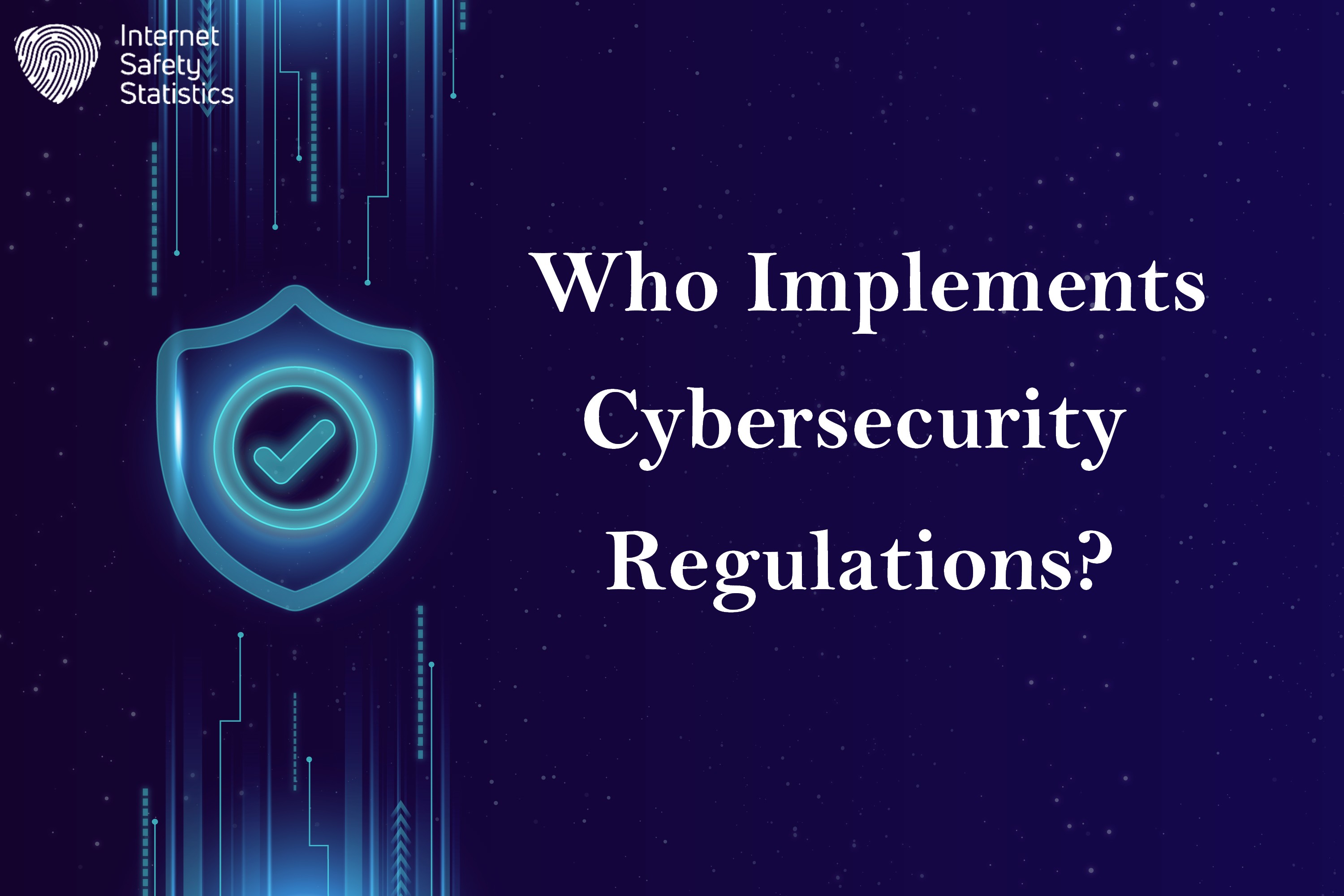
The implementation of cybersecurity regulations happens at various levels, each playing a crucial role in creating a secure digital environment. If one of the parties fails to uphold their part of the implementation, this could lead to serious cybersecurity problems or, worse, a cybersecurity breach. Here’s a breakdown of the different key players and their contributions:
International Implementors
International organisations such as the UN and the Council of Europe set broader frameworks and guidelines for cybersecurity regulations. They focus on promoting awareness, capacity building and international cybersecurity cooperation. Other international organisations, such as the ISO (International Organisation for Standardisation) and the IEC (International Electrotechnical Commission), develop technical standards and specifications for cybersecurity regulations. These standards provide a common baseline for organisations worldwide.
National Implementors
The second implementors of cybersecurity regulations act on the national level. Most countries have comprehensive cybersecurity frameworks and specific cybersecurity regulations that apply to all organisations within their jurisdiction. These regulations often determine minimum security requirements, reporting obligations and incident response procedures.
Many countries have dedicated agencies responsible for regulating the cybersecurity aspects of specific sectors as an additional and comprehensive step to cybersecurity. Such agencies include SEC and FCA in the US and the UK finance sectors, HHS and NHS in the US and the UK healthcare sectors and CISA and NCSC in the US and the UK in the infrastructure sectors.
State/Regional
Some states and regions have additional cybersecurity regulations that build upon, or sometimes even tighten, national regulations. These additional regulations may be particularly relevant for sectors like data privacy or healthcare and are created to serve various purposes for this particular state or region. Sometimes, even local governments may have specific cybersecurity regulations related to municipal services or infrastructure.
Industry-Specific
Many industries have their regulatory bodies establishing mandatory cybersecurity requirements and best practices for their members. Examples include HIPAA for healthcare in the US and the NIST Cybersecurity Framework for critical infrastructure. Other industries establish self-regulatory organisations that develop and enforce cybersecurity standards for their members. This allows for flexibility and quicker adaptation to industry-specific threats.
Understanding the Multi-Layered Approach
Understanding why there are numerous layers of cybersecurity regulations implementors is vital. This approach ensures that organisations are subject to comprehensive cybersecurity requirements tailored to their needs and risks. It also fosters innovation and flexibility by allowing industry-specific and regional adaptations while providing a consistent baseline through international and national frameworks. Collaboration and information sharing between these levels are crucial for effectively responding to evolving cyber threats and developing a secure digital world.
The Importance of Cybersecurity Regulations
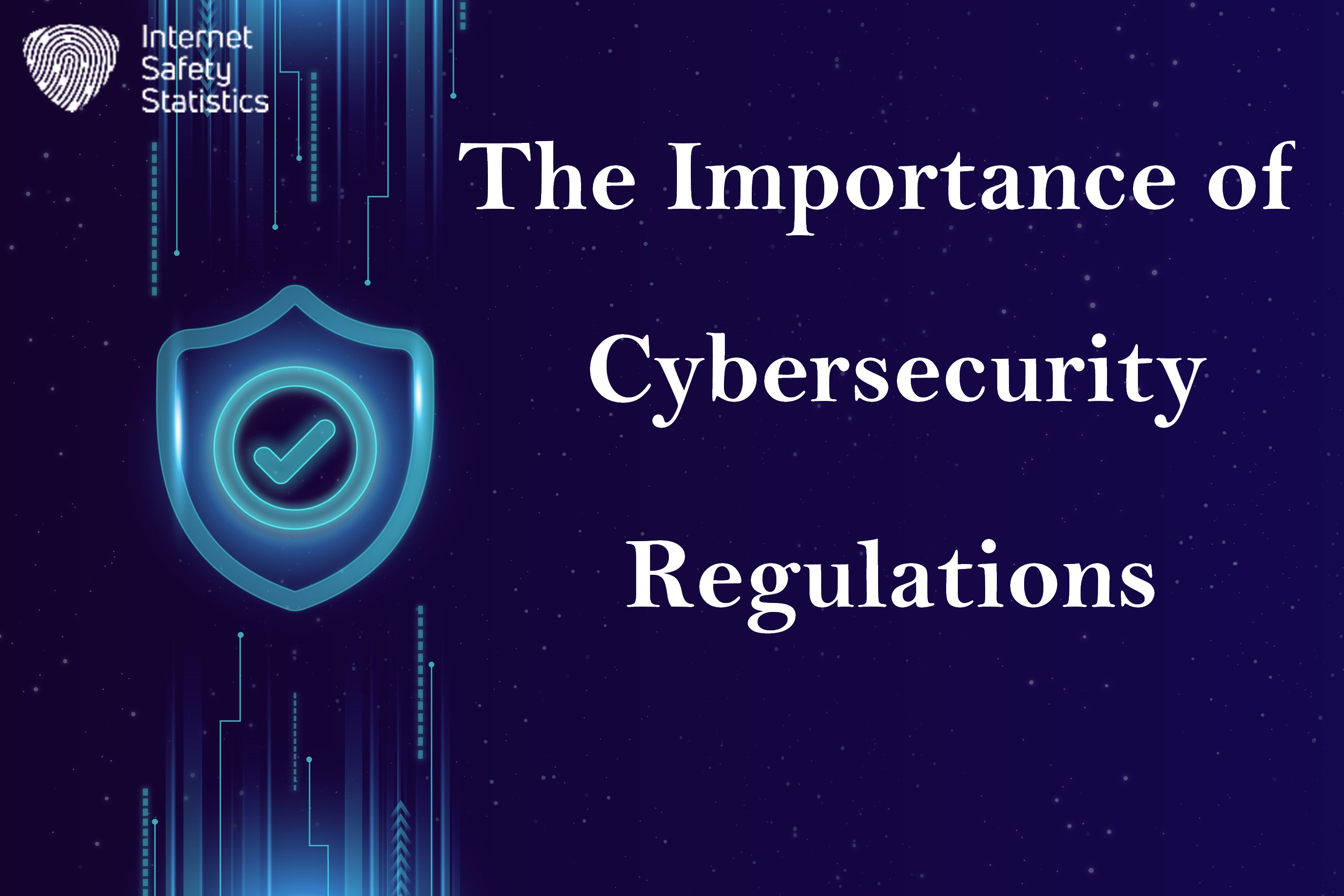
Remember, cybersecurity regulations constantly evolve to keep pace with the ever-changing threat landscape. Their importance lies in creating a safer and more secure digital world for individuals, businesses, and nations alike. These regulations are essential for several reasons:
Protecting Critical Infrastructure
Imagining societies without cybersecurity regulations leads to complete chaos. Cyberattacks will target power grids, which will plunge entire cities into darkness, disrupting hospitals, communication networks and emergency services. Attacks on financial markets will create economic meltdowns. Regulations force organisations to prioritise robust cybersecurity, minimising the risk of such catastrophic events.
Moreover, the essential global infrastructure is becoming increasingly interconnected, making it more vulnerable to the effects of cyberattacks. Cybersecurity regulations encourage a standardised approach to security, improving overall resilience across various sectors.
Safeguarding Personal Data
Protecting privacy is a must. Data breaches can expose sensitive information like financial records, health data, and our online activities. Regulations established minimum standards for data protection, empowering individuals and building trust in digital services. Stolen personal data is the basis for identity theft and financial fraud, and cybersecurity regulations can help combat these two typical cybersecurity schemes.
Promoting Accountability and a Level-Playing Field
Cybersecurity regulations prevent organisations from prioritising short-term cost savings over robust cybersecurity, which creates exploitable vulnerabilities. Ensuring a minimum-security baseline across all organisations lessens the number of possible cyberattacks. These regulations make an even playing field for all organisations by requiring them to invest in effective cybersecurity measures.
Cybersecurity Regulations’ Broader Impact
On a broader scale, these regulations help protect critical infrastructure and sensitive data, which are crucial for national security, by strengthening a nation’s cyber defences. They also promote a secure digital environment to foster trust in online transactions, which is vital to economic stability. This safe digital environment encourages innovation and the development of new technologies by providing a framework for secure technology deployment.
Cybersecurity Regulations: Criticism and Challenges
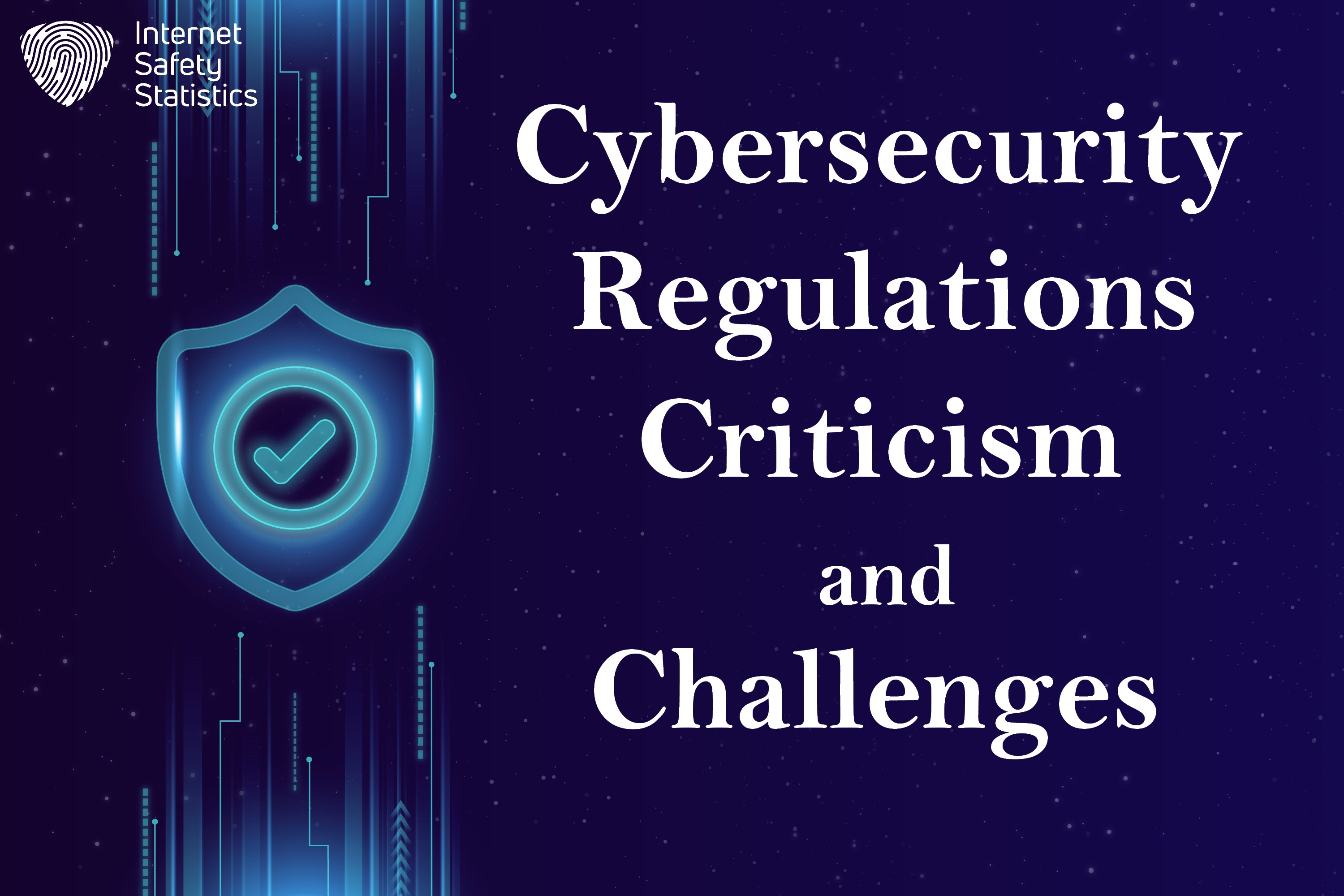
While cybersecurity regulations are well-intentioned, they are not without their criticism and challenges. Such challenges include the overly complex and burdensome rules for businesses, especially small and medium-sized enterprises. Additionally, the rapid pace of technological change can make it difficult for regulations to keep up with the evolving cyber threat landscape.
Complexity and Burden on Businesses
The most common criticism is that regulations often have a one-size-fits-all approach, ignoring different organisations’ varying cybersecurity needs and resources. Complex compliance requirements can overwhelm smaller businesses (SMEs) with limited budgets and IT expertise. Moreover, implementing these cybersecurity regulations can be costly, requiring additional investments in technology, personnel and training, which can drain SMEs’ financial resources and hinder their growth.
Regulations can increase the enterprises’ administrative burden because they require more paperwork, audits and reporting. These processes consume valuable time and resources from the business’s main activities. This shouldn’t pose a problem for mega-corporations, but it’s highly disruptive for smaller companies without dedicated compliance teams.
Keeping Pace with Evolving Threats
Making regulations is static and can fail to keep up with the continuously advancing cyber threats and attack methods. This means that when a law is effectively implemented, it may already be outdated and ineffective. If you observe the cybersecurity field, you can notice it is a highly creative field, with cybersecurity professionals and attackers working on opposite sides of the spectrum to paralyse each other. Overly restrictive regulations can stifle innovation in the cybersecurity field by planting hesitation inside businesses to develop new security solutions for fear of non-compliance.
Some argue that cybersecurity regulations can trespass on individual privacy by granting authorities access to personal data under the allegation of cybersecurity. The leading global challenge facing cybersecurity regulations is that cybercrime often transcends national borders. These crimes require international cooperation, coordination and harmonisation of cybersecurity regulations. The lack of such international coordination can hinder proper cybersecurity response and maximise the effect of cybersecurity attacks.
Navigating the Complexities
Despite the challenges, cybersecurity regulations remain essential for promoting a safer online environment. Tackling methods include creating regulations and tailoring them to the specific risks different organisations face to reduce the burden on SMEs. Creating flexible regulations allows them to evolve and keep pace with cybersecurity threats. It’s also vital to foster collaboration and harmonisation between cross-border cybersecurity regulations. Lastly, these regulations should focus on achieving effective cybersecurity outcomes through best practices and risk management.
The Future of Cybersecurity Regulations
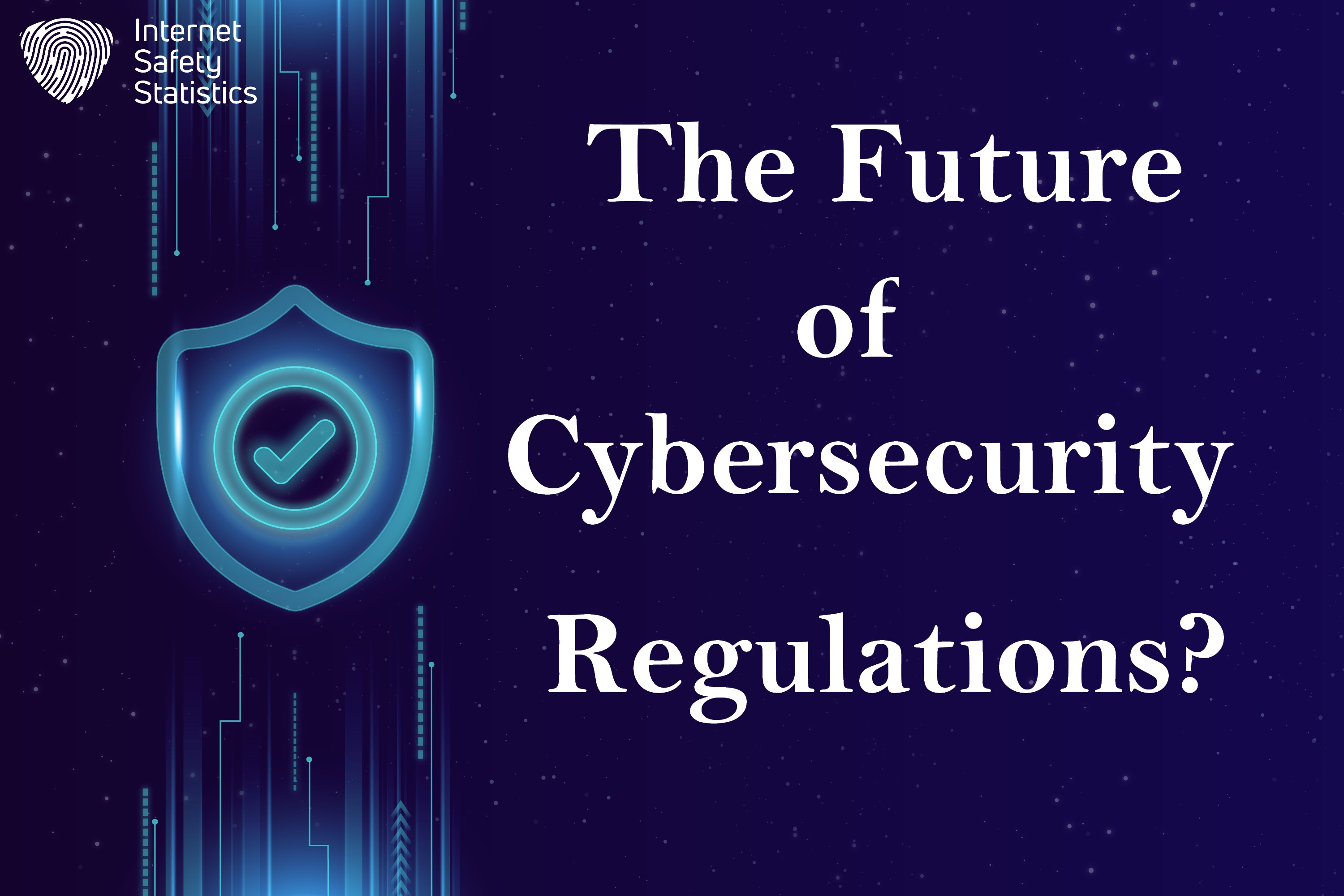
Cybersecurity regulations are likely to continue to evolve in the years to come. As cyber threats become more sophisticated, governments and regulatory bodies must adapt their rules to keep pace. We expect to see more focus on risk-based approaches, international cooperation and technology-neutral regulations.
Risk-based Approaches
Today, most cybersecurity regulations still follow the one-size-fits-all approach, and we must stress how important it is for these regulations to move towards more tailored requirements to the specific risk profiles of individual organisations. This practical and efficient approach acknowledges the diverse landscape of different industries and company sizes.
We expect continuous risk assessments, allowing regulations to adapt to an organisation’s changing threat landscape. This will prevent regulations from becoming roadblocks to cybersecurity, ensuring they remain relevant and practical. The adaptability of cybersecurity regulations will prevent excessive burdens on low-risk entities while providing adequate protection for critical infrastructure and sensitive data.
International Cooperation
Nations need to harmonise cybersecurity standards to enhance the interconnectedness of cyberspace, fostering consistency and clarity for businesses operating across borders. Global enhanced collaboration and information sharing will be crucial for combating global cyber threats. This allows quicker identification of emerging threats, coordinated responses to cyberattacks and faster development of effective countermeasures. Creating a genuinely secure global digital space necessitates supporting developing nations in building and improving their cybersecurity capabilities.
Technology-neutral Regulations
Making cybersecurity regulations will likely focus on achieving desired security outcomes, allowing organisations flexibility in choosing the most effective and adaptable solutions for their needs. Moreover, we expect regulations to set performance-based metrics for data protection, incident response and threat detection. This empowers organisations to demonstrate compliance through their security posture and the technologies they employ. Regulations must be more adaptable to keep up with technological evolution and emerging threats.
The global role of cybersecurity regulations is as important as any set of laws governing the relationships between the overlapping physical and cyber worlds. Governments and legal bodies must ensure the proper development and adaptability of these rules to protect
